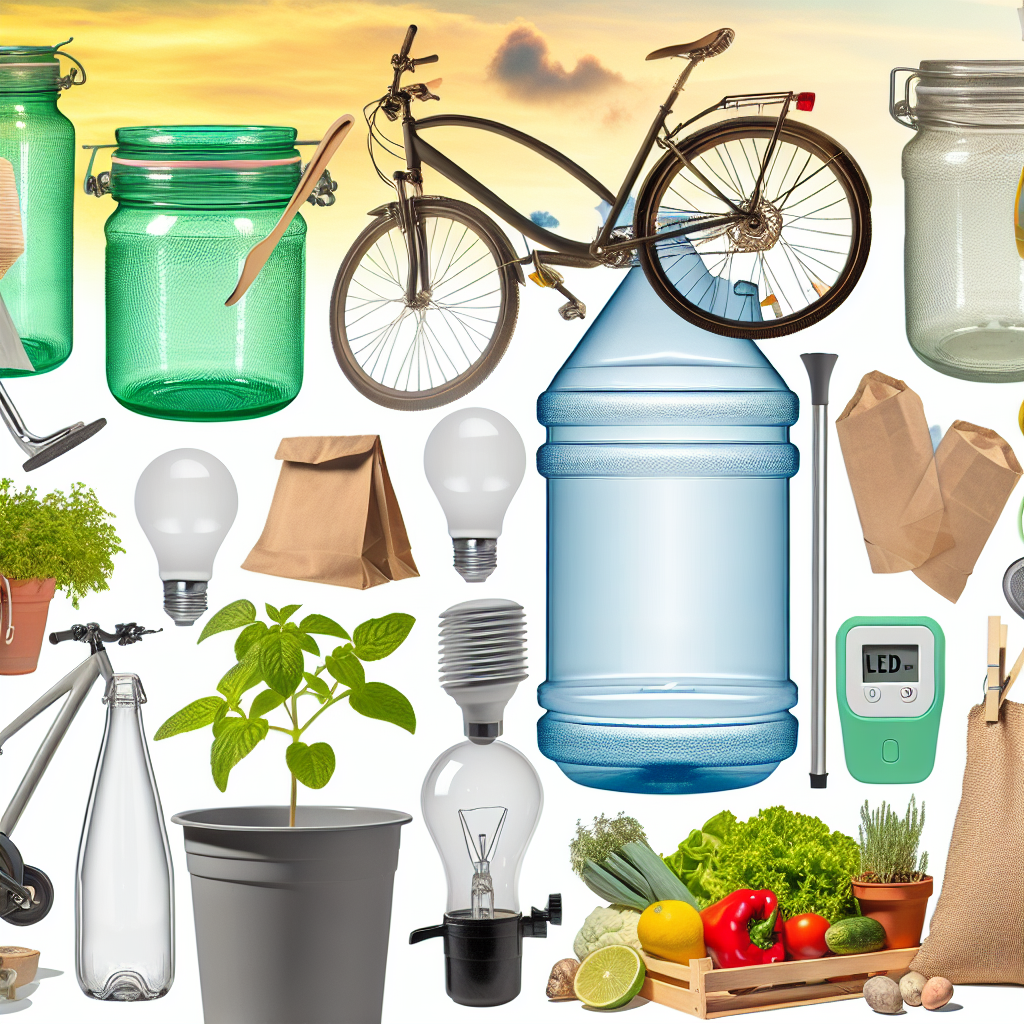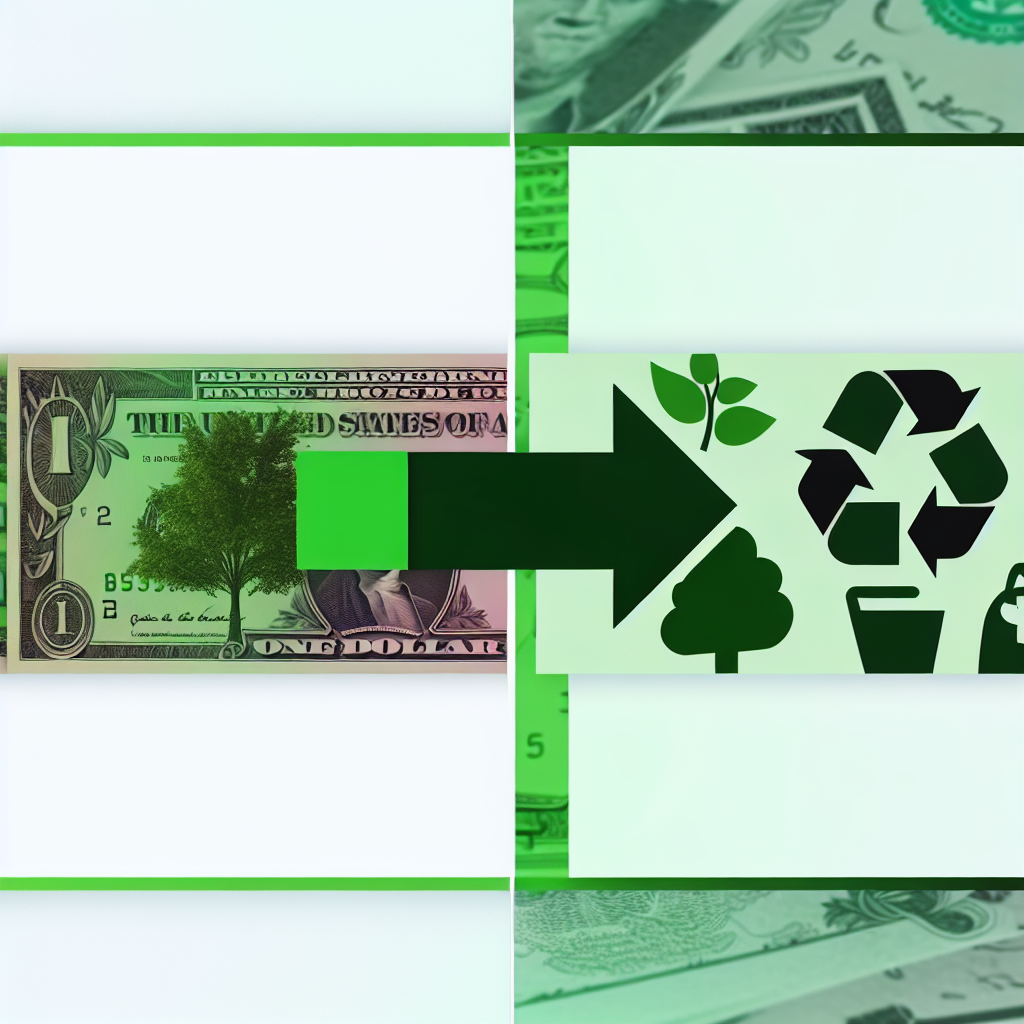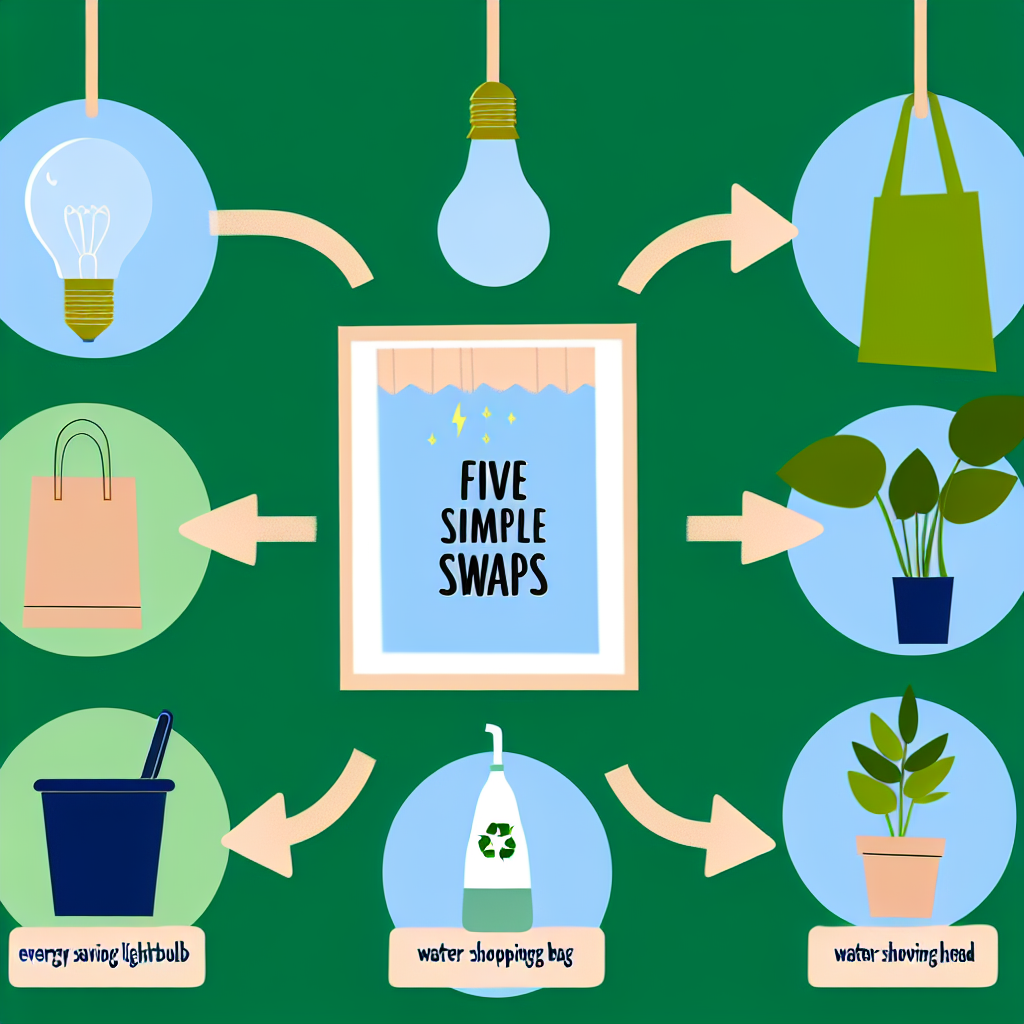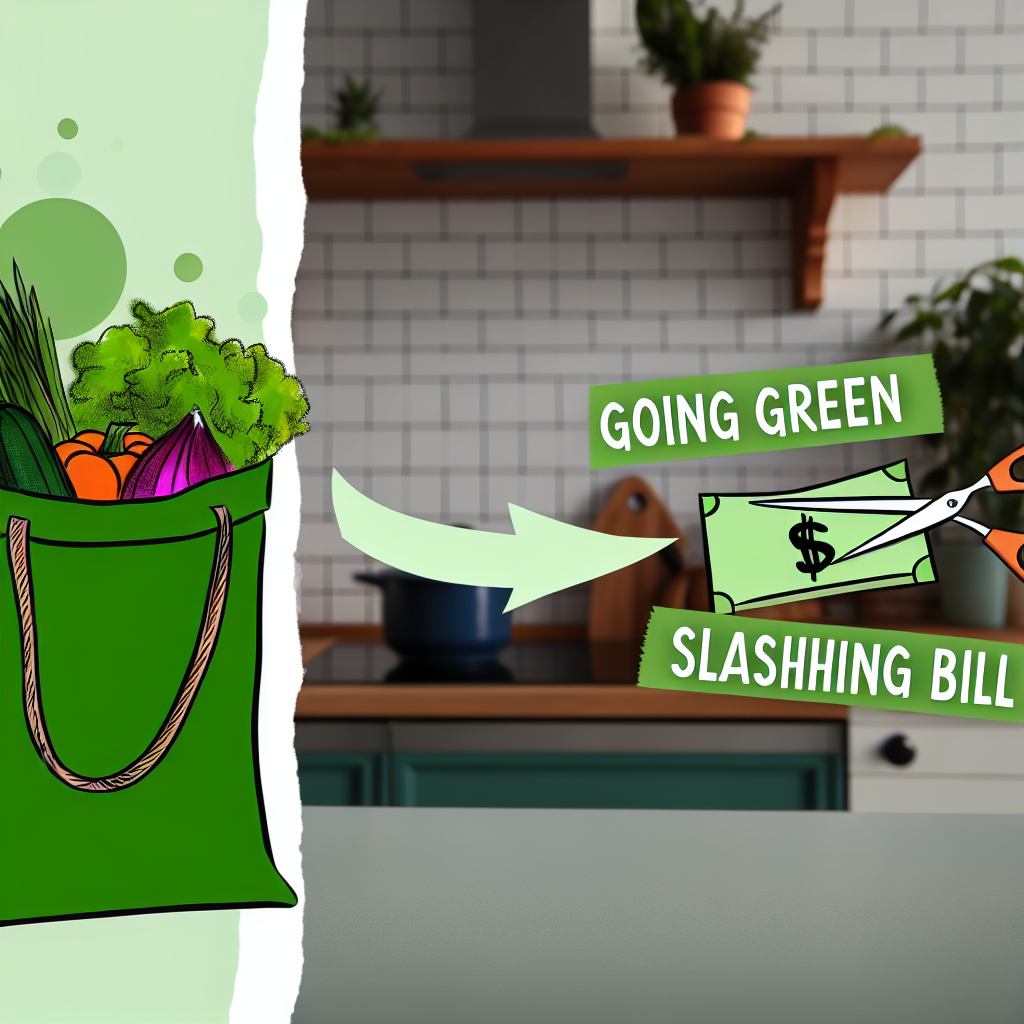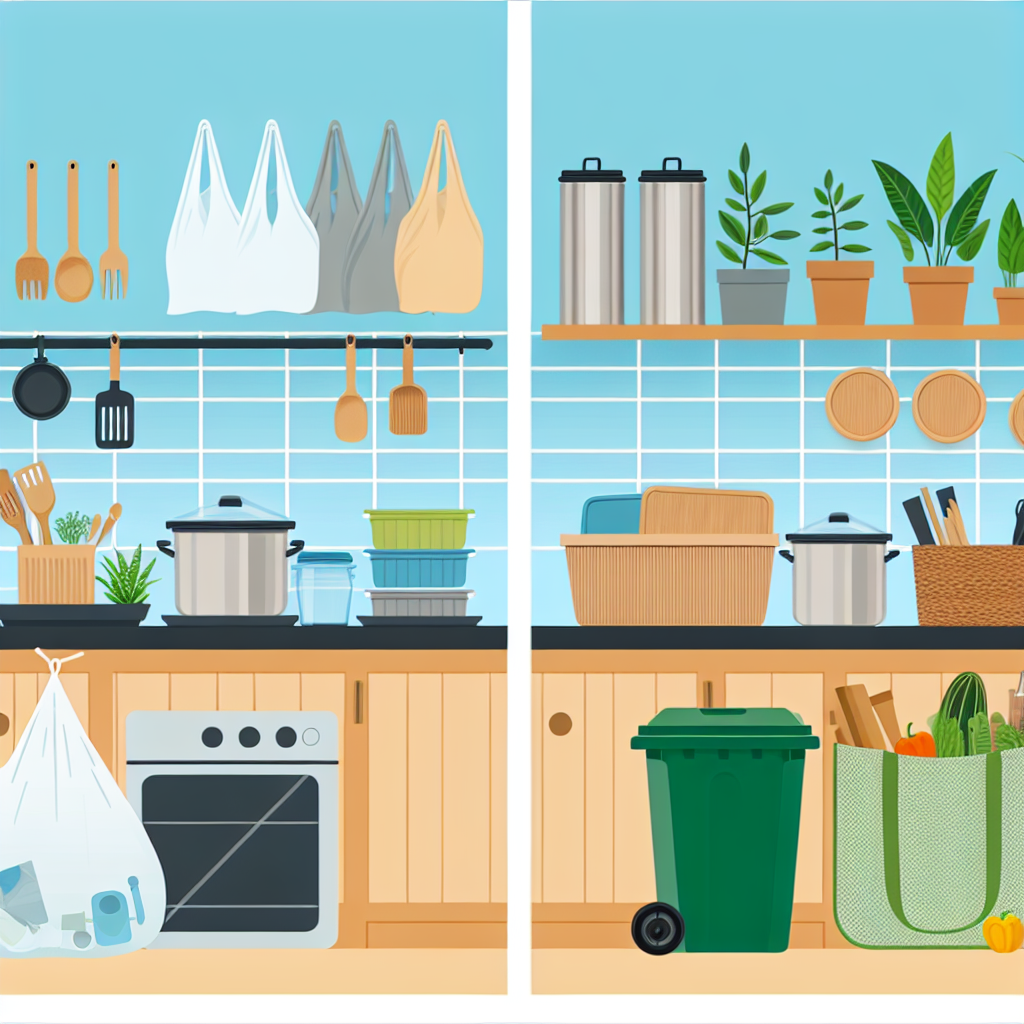10 Simple Swaps for a More Sustainable and Budget-Friendly Lifestyle
Introduction
Hello, thrifty friends and future Earth defenders! Welcome to the Frugal Zeitgeist blog, where we’re all about living well without spending much and being kind to our planet. Today, we’re talking about something super important and easy—being eco-friendly without spending too much money.
Some people think being eco-friendly is costly. It sounds like buying special pants or solar panels could make you broke. But actually, living sustainably can mean spending less and just making some simple changes here and there. Let’s look at ten easy, budget-friendly swaps that will make Mother Earth happy.
1. Reusable Instead of Disposable
First, let’s talk about using things more than once. If you’re still using plastic bags for groceries, it’s time to make a change:
-
Reusable Grocery Bags: It’s easy to forget them at home, but try keeping cloth bags in your car or backpack. They’re strong, stylish, and can even carry snacks!
-
Water Bottles: Hydrate without waste! Swap plastic bottles for a cool stainless steel or glass one. Your wallet (and the turtles) will love you for it.
2. Energy Efficiency
Be a green hero by changing the way you use energy. Save on electric bills and help the environment too:
-
LED Bulbs: These use less energy than the old incandescent ones and last for years. You’ll only need to change them every once in a while.
-
Smart Power Strips: Avoid wasting energy when things are plugged in but not being used. Smart power strips stop this sneaky energy drain.
3. Sustainable Kitchen Habits
The kitchen can be wasteful, but we can make it better with some smart changes:
-
Cloth Towels Instead of Paper Towels: Accidents happen, so grab a cloth towel instead of paper ones. They’re washable, pretty if you want, and create less waste.
-
Glass or Silicone Food Storage: Ditch plastic for glass or silicone. They’re healthier (no weird stuff gets into your food), last longer, and keep food fresh. Plus, they look nice in the fridge.
4. Mindful Consumption
We all like buying things, but thinking carefully can save money and the planet:
-
Buy in Bulk: Buying big saves money and reduces packaging waste. Stock up on rice, pasta, and spices—it’s good for Mother Earth and your wallet.
-
Second-Hand Clothing: Thrifting is trendy now. You’re not only saving money, but you’re also using fewer new resources. Plus, finding a cool vintage jacket is awesome.
5. Eco-Friendly Personal Care
Many beauty products create waste, but yours don’t have to! Make clever choices and look great:
-
Solid Shampoo & Conditioner Bars: These work just like bottled versions but without the plastic. They’re fun, last a long time, and smell great!
-
Reusable Makeup Pads: Use fabric pads instead of cotton throwaways. They’re soft, kind to your skin, and don’t leave a mess behind.
6. Low-Waste Food Habits
Throwing food away isn’t great. Here’s how to waste less:
-
Composting: Start a compost bin for kitchen scraps. It cuts down waste and helps plants grow. Your ferns will love it!
-
Meal Planning: Plan your meals so you don’t end up with food you don’t eat. It stops impulse buying when you shop hungry.
7. Efficient Transportation
Make your travel eco-friendly and save money:
-
Biking or Walking for Short Trips: For nearby errands, let your bike or feet help. It’s healthy, saves gas money, and cuts pollution—a big win!
-
Carpooling or Public Transportation: Share rides to save on gas and reduce pollution. You might even enjoy a fun car playlist or a comfy bus ride.
8. DIY Cleaning Supplies
Who needs chemicals when you’ve got vinegar and baking soda? Make your own safe cleaners:
-
Homemade Cleaners: Mix simple stuff from your pantry to clean effectively. Your home will shine and smell fresh!
-
Reusable Cleaning Cloths: Ditch paper wipes for reusable ones. They clean just as well and are kinder to the Earth.
9. Thoughtful Dining Choices
What’s on your plate can be delicious and eco-friendly:
-
Meatless Mondays: Skip meat once a week to cut your eco-footprint and food costs. Beans, lentils, and tofu are tasty alternatives.
-
Support Local Farmers: Buy fresh food from local growers to help community businesses and sustainable farming. Plus, local veggies rock!
10. Mindful Technology Use
When it comes to gadgets, remember—less is more:
-
Unplug Electronics: Unplug devices when not in use to save energy. It’s a small step that makes a difference.
-
E-Documents: Use digital documents instead of paper to reduce waste and desk clutter. Your workspace will be neat!
Conclusion
There you go—ten easy swaps for a greener and more budget-conscious life. With a bit of creativity and hardly any effort, you can be kind to your wallet and the planet at the same time. Try these swaps one by one and smile knowing you’re helping out our world. Who says you can’t save the planet and money at the same time? Start small, think big, and remember, every little step counts!
